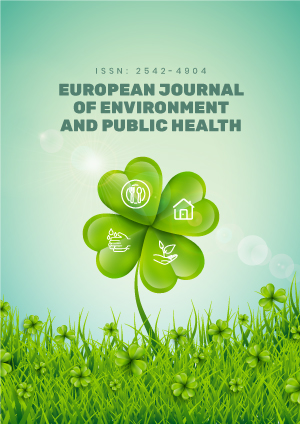Abstract
Introduction: In disaster-prone countries, preparedness is a very important factor in reducing the damages of disaster. The aim of this study is to determine the disaster preparedness knowledge level of a university’s medical students and to evaluate the relationships between possible related factors and disaster preparedness knowledge.
Material and Method: This study is a cross-sectional study. The subject of research is measuring the level of disaster preparedness knowledge. The working period in which the online survey is applied is December 1-December 31, 2020. It was aimed to participate that attend the first and second grades of the medical faculty studying in the main campus of a University in Turkey. In order to compare the knowledge level of disaster preparedness among medical students, it was planned to include other faculty students as a control group. In the study, 75 medical students and 20 students from other faculties participated. A high score indicates good disaster preparedness. Chi-square, Mann Whitney U, and Kruskal Wallis were used in the statistical analyses.
Results: The median value for disaster preparedness level score for all participants was 51.0 (min: 23.0; max: 63.0). Disaster preparedness knowledge level median score (54.0 [29.0-63.0]) was higher in women than men (48.5 [23.0-62.0]) (p<0.05). The median score of disaster preparedness knowledge level (53.0 [23.0-63.0]) of the second and upper grade was higher than the median score (49.0 [29.0-62.0]) of the first-year students (p<0.05). The median score of disaster preparedness knowledge level (55.0 [34.0-62.0]) was higher than the others (49.0 [23.0-63.0]) in those living in the city where their family resides (p<0.05).
Conclusion: It can be said that the level of disaster preparedness for all participants is good. It is recommended to conduct a similar study in a larger study group.
Keywords
License
This is an open access article distributed under the Creative Commons Attribution License which permits unrestricted use, distribution, and reproduction in any medium, provided the original work is properly cited.
Article Type: Research Article
EUR J ENV PUBLIC HLT, Volume 6, Issue 1, 2022, Article No: em0107
https://doi.org/10.21601/ejeph/11834
Publication date: 03 Mar 2022
Article Views: 3430
Article Downloads: 4436
Open Access References How to cite this article
 Full Text (PDF)
Full Text (PDF)